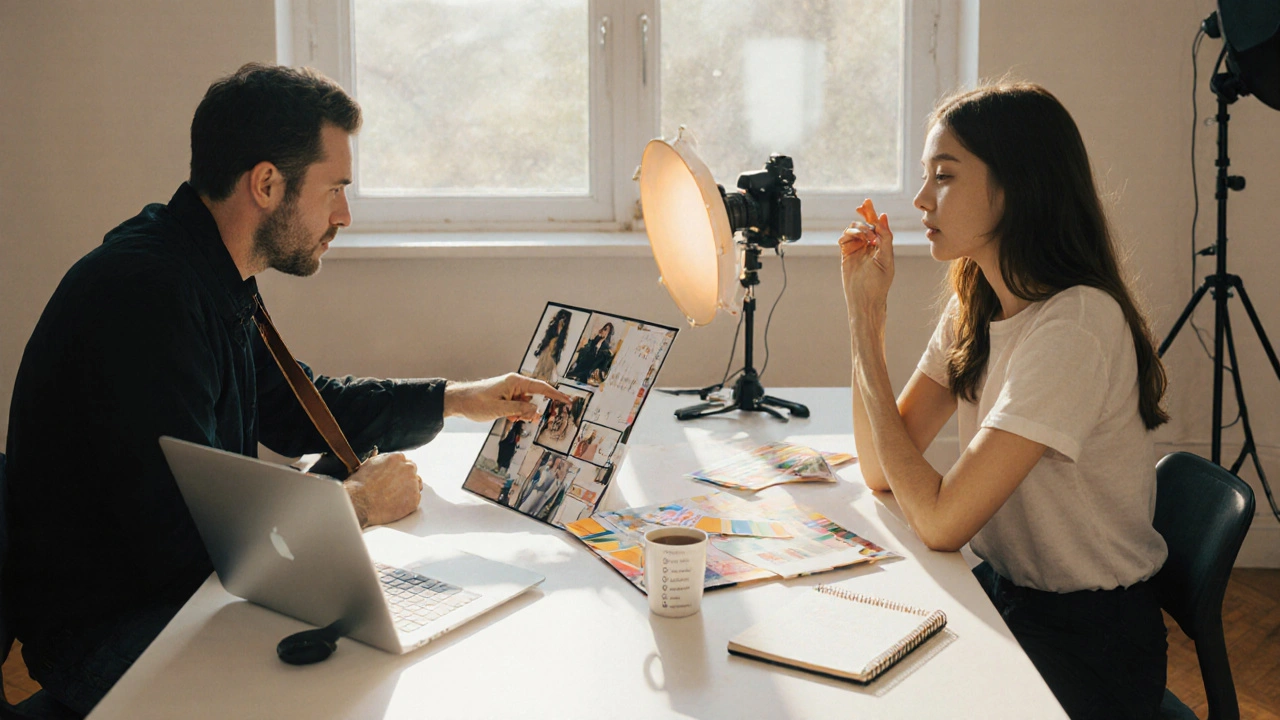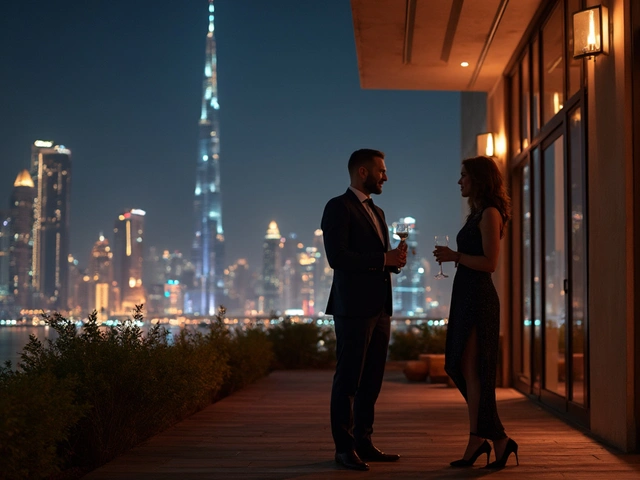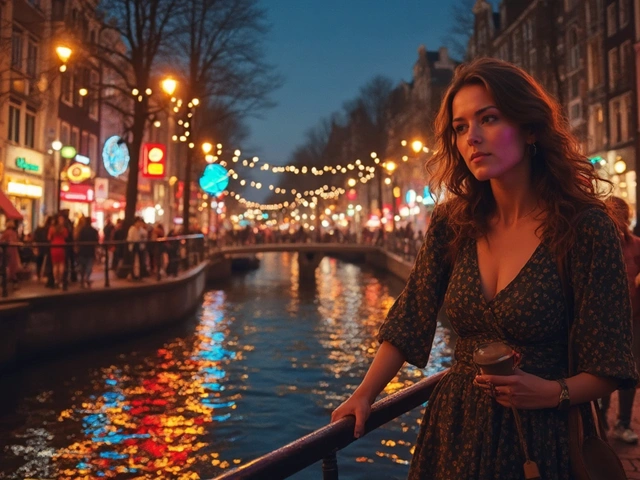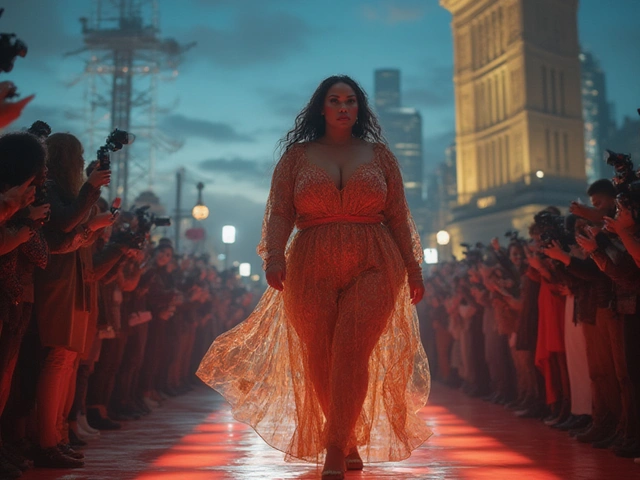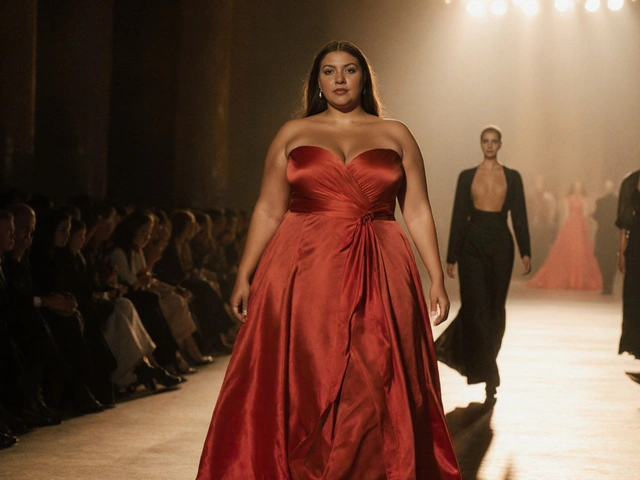Photoshoot Lighting: Master the Essentials for Stunning Shots
When working with photoshoot lighting, the art of shaping light to highlight a model, clothing, or scene. Also known as lighting set‑up, it determines mood, texture, and visual impact in any fashion shoot.
One key player is studio lighting, controlled artificial sources like softboxes, LEDs, or strobes used inside a studio environment. Studio lighting enables precise control over intensity and direction, making it ideal for catalog and runway looks. Its counterpart, natural light, sunlight filtered through windows, reflectors, or open sky that offers soft, unpredictable quality, brings a fresh, organic feel to outdoor and lifestyle shots. Both studio and natural light influence the final image’s tone and are often combined for a balanced look.
Tools that Shape Light: Modifiers and Settings
Effective photoshoot lighting requires the right light modifiers, accessories such as diffusers, grids, umbrellas, and reflectors that shape and soften the light source. A diffuser spreads harsh sunlight into a gentle glow, while a grid narrows the beam for dramatic shadows. Pairing modifiers with proper camera settings, ISO, aperture, and shutter speed adjustments that sync with the light output ensures the exposure matches the creative intent.
Choosing between soft, directional, or rim lighting often depends on the model’s look and the clothing’s texture. Softboxes create even illumination that flatters a curvy model’s curves, perfect for plus‑size and bikini shoots highlighted in our collection. Hard light from a focused spotlight adds edge for high‑fashion editorials. Understanding how studio lighting and natural light work together lets you switch seamlessly between indoor runway shoots and outdoor beach sessions.
Lighting also plays a role in the storytelling of each post below. For instance, the article on "Celebrating Curvy Models" benefits from flattering, diffused light that emphasizes shape without harsh shadows. The "Behind the Scenes of a Model Photoshoot" piece shows how quick reflector tricks can rescue a sunny outdoor set. By mastering the basics covered here, you’ll spot these techniques in action and know how to recreate them.
Beyond equipment, planning matters. A pre‑shoot lighting checklist—listing source power, modifier placement, and backup batteries—keeps the day running smooth. Many photographers swear by a 3‑point lighting diagram: key light for main illumination, fill light to soften shadows, and backlight to separate the model from the background. This setup works for runway struts, teen model portraits, and even glamour shoots, tying together the diverse topics in our archive.
When the sun is your main source, watch the golden hour. The warm glow between 5 am and 7 pm adds a natural highlight that flatters skin tones, especially for bikini and swimwear shots. Using a simple reflector to bounce that light back onto the model reduces unwanted shadows on the torso and helps maintain consistent exposure across a series of images.
In studio, color temperature control is essential. Matching the white balance of your camera to the Kelvin rating of LEDs or strobes prevents color casts that could clash with the model’s outfit. A quick test shot with a gray card can lock in the right setting, saving hours of post‑processing.
Finally, don’t forget safety. Bright lights generate heat; always keep a safe distance from models, especially during long sessions. Use matte boxes or diffusion gels to soften harsh edges and protect eyes. These practical tips echo the health and wellness advice found in our "Female Models Health" article, reinforcing that good lighting and good health go hand‑in‑hand.
Now that you’ve got a clear picture of photoshoot lighting, studio and natural sources, modifiers, and camera settings, you’ll recognize how each element shows up in the guides below. Dive into the posts to see real‑world examples, from mastering the model strut to behind‑the‑scenes looks at lighting mishaps. Each article builds on the fundamentals laid out here, giving you actionable ideas for every type of shoot you plan.
Behind the Lens: A Photographer’s Take on Model Photoshoots
A behind‑the‑scenes guide showing photographers how to plan, light, direct, shoot and edit model photoshoots, with practical tips, workflow formulas and a FAQ.
